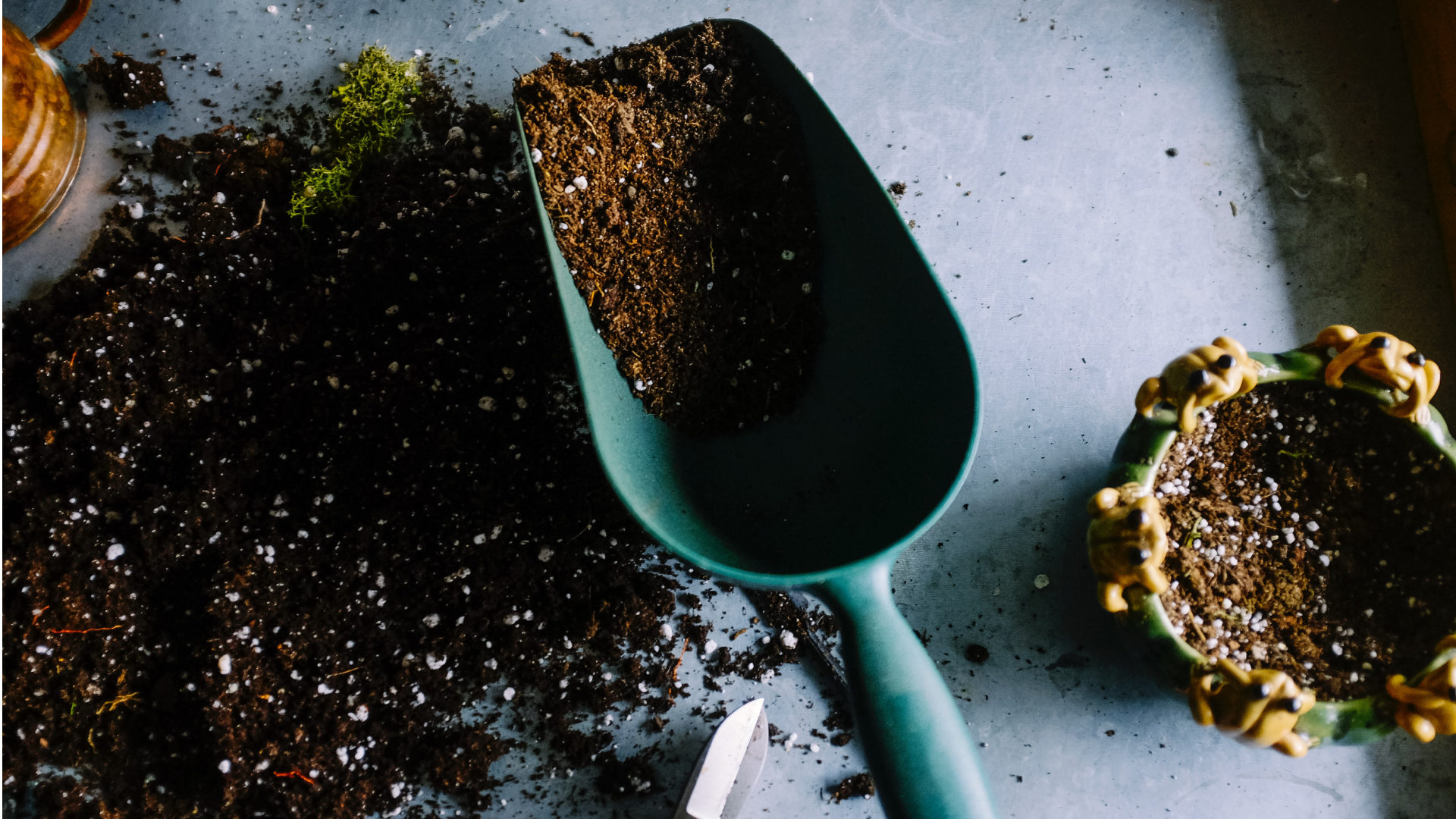
Having a garden offers designers a chance to experiment and the process helps us stay in touch with the essence of what we do, discusses CEO John Wyer…
A friend of mine is a musician. He plays several instruments, but principally cello and guitar. He whiles away many hours playing and experimenting on his instruments, perfecting his technique. His practice is a critical part of his ability to perform.
I like to think I have the same relationship with gardening. When we first moved to Hitchin, 25 years ago, we inherited a garden that was completely overgrown. We knew it was about 30m long, but the estate agent’s description said it was only 6m deep. When I rang them to query this, they said that was as far as they could get the tape. When we cleared it out, we found half a pond made of immensely thick concrete – the other half was in next door’s garden. We also found three supermarket trolleys, half a pallet each of bricks and roof tiles, two dead fridges, an old boiler, a collapsed green house and a shed. Oh, and a motorbike.
It took weeks and three skips to clear, but when we had done so, our neighbours waited to see what we would do (they had heard that my wife Vicky and I are both garden designers). We disappointed them by turfing the whole lot. There was so much perennial weed that the only way to get rid of it was to mow it out over a couple of years.
This also gave us valuable thinking time as well as a chance to see the garden over a couple of seasons. Once we had done this, we gradually introduced new beds and experimented with some of our favourite plants. The results weren’t always what we expected. Some plants failed; others were a spectacular success. In some places, we tried design ideas and then wished we had been bolder. After a few years, we moved on to our current house. The garden here is a wild animal. You can befriend it, but completely taming all of it is beyond us, and in any case, we wouldn’t want to.
I remember, about 10 years ago, standing by the window looking out to the north west, and saying how it would be good to have some water there. A lot of water, with the sky and trees reflected in it. Three years later, the opportunity came along unexpectedly. We had a landscape team free – a major job had been cancelled so there was nothing for them to do. Within a week, we had the bones of a scheme in place and a few days later we started on site.
Dear Reader, this is what you should not do. No proper drawings, detailed brief, costs or programme: exactly what I warn clients against. I wouldn’t say we made it up as we went along, but it did cost twice as much and take twice as long as we thought. Probably the most interesting part was being client, designer and contractor in the same skin, which led to some difficult dilemmas.
Once it was completed, I stood with my brother looking across the water to the house. “If someone told you at the beginning how much this was going to cost and what the stress would be,” he said, “would you still have gone ahead?” I thought for a bit. “No,” I said. “But having got to where we are now, it was all worth it.” He chuckled. “A bit like having kids then.”
And, just like having kids, it has changed our lives. Every morning and evening, I look out at it. I can see the wind on the water, the spatters of rain on the surface. Some winter mornings it is like black glass. The rest of the garden is a constant experiment. Vicky and I rarely agree on plants (she is usually right). We put things in, nurture them, move them, cut them back and watch them die or grow. It is a dynamic process. The plants also obviously don’t read the books – they often thrive or fail in places where they shouldn’t. All this trial and error, I hope, makes us better designers, better gardeners.
I do post pictures of our garden on social media, but it is done out of love and wonder rather than to show off. If you saw the weeds in real life… But my point is that gardening is about process rather than result – it’s the doing that counts. All designers should garden. As well as offering a space to experiment, it is a way of keeping in touch with the physical, real elements of the work we do every day on paper. Not everyone is lucky enough to have a garden, I know, but if you don’t, you could try to volunteer at a community garden or project. However you get your hands in the soil, it will remind you why you chose this path. And with that in mind, I’m off to tackle those weeds.
[This was originally published as an article in the Garden Design Journal in June 2020 as part of the ‘Just Saying’ series.]